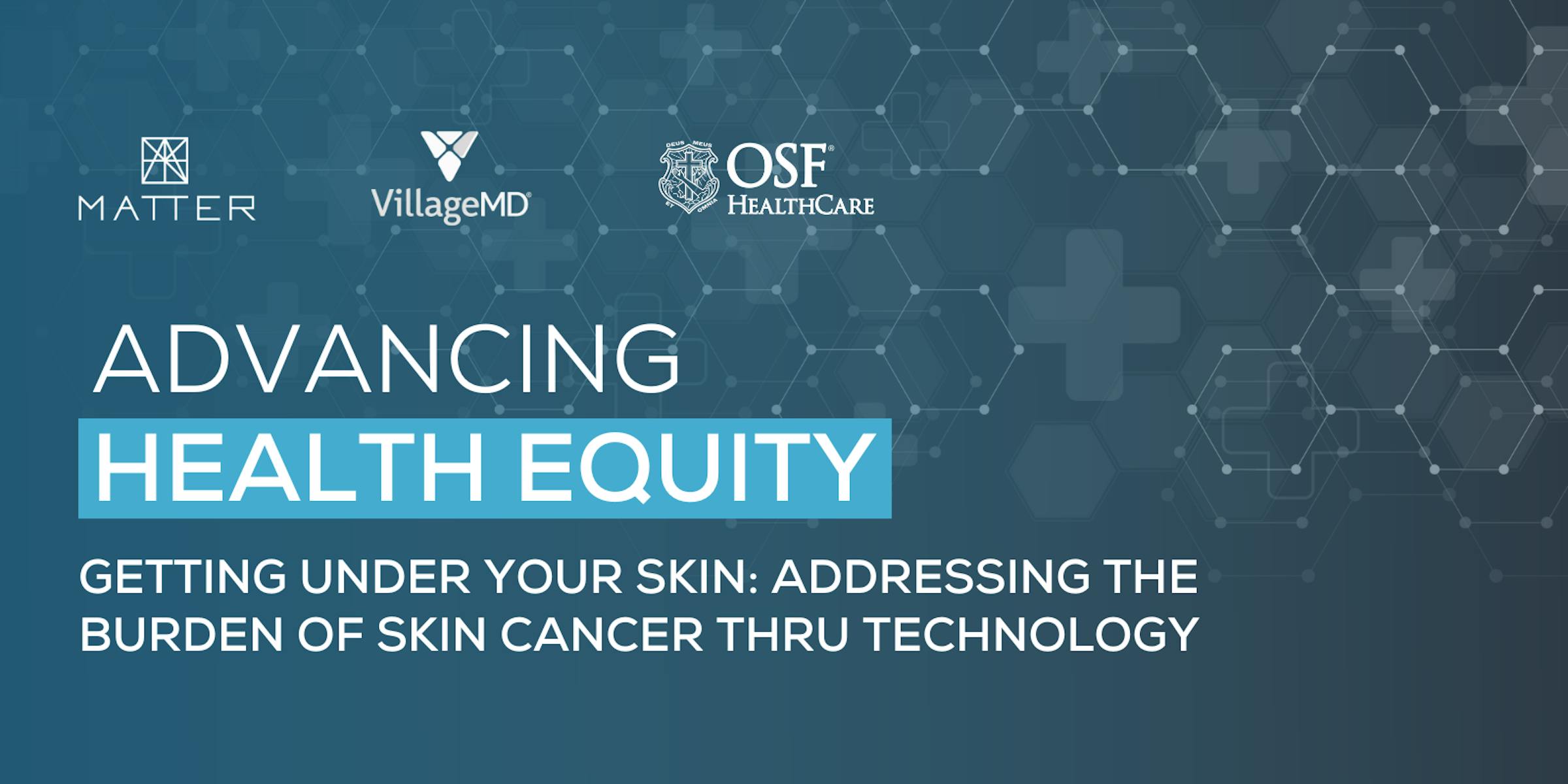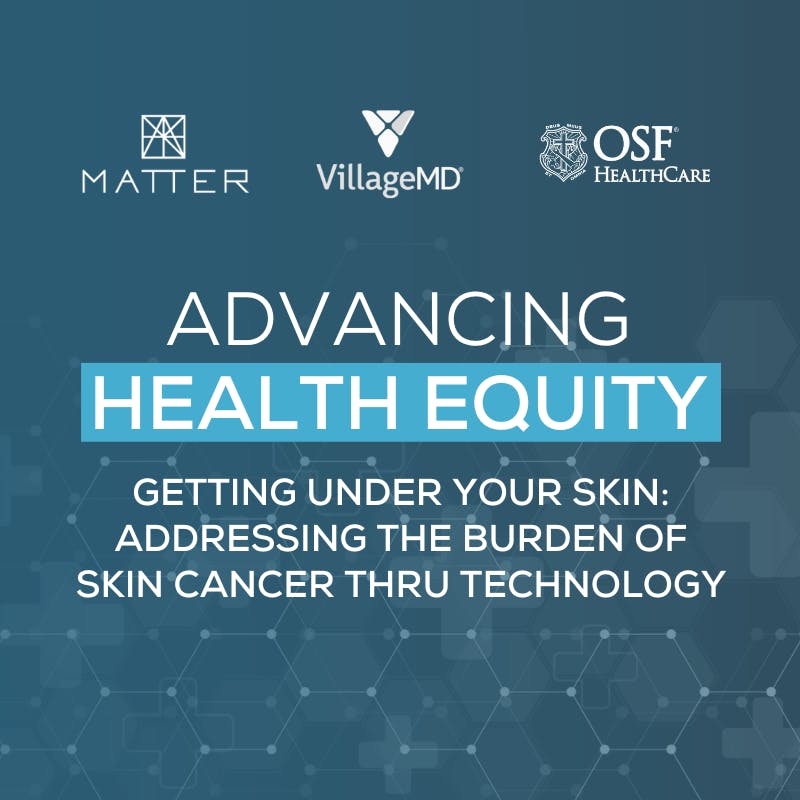The future of skin health lies in technology
Addressing the burden of skin cancer through technology
If I told you that doctors would be able to diagnose skin diseases such as skin cancer with just a few photos or stay abreast on the latest in dermatology using a game, you’d think we were in the year 2040. But what if I told you that it’s happening right now…in 2022?
The integration of technology in healthcare is far from a new concept. However, with the onset of the COVID-19 pandemic, technology in this space began to advance at a rapid pace. With that, this article aims to share what some of these advancements look like in dermatology and the solutions created by entrepreneurs seeking to support providers and people with skin cancer.
First, to understand these advancements, we need to understand why they are necessary. There are 3.3 million cases of skin cancer in the United States, and with only three dermatologists for every 100,000 people, the need for access to quality care is critical.1 As we continue to uncover the realities of skin cancer, the differences in these rates increase as we discuss communities of color.
For example, Melanoma is the most fatal form of skin cancer impacting one out of 38 people who identify as white, one out of 167 people who identify as Hispanic and one out of 1,000 people who identify as Black.2 While less common in people of color, it is more fatal in these groups due to late-stage diagnosis and lack of access to care and treatment options. Advancements in technology are working toward eliminating these gaps when it comes to detection and treatment of skin cancer, especially in people of color.
To further explore innovations in this space, we invited MATTER partners VillageMD and OSF Innovation Design Lab and MATTER members SkinIO and Level Ex to discuss the burden of skin cancer across various communities, the importance of early detection and screening for prevention and how the development of inclusive and accessible technologies are key to assisting providers and health systems with supporting patients.
Watch the event for more insight:
Sources:




